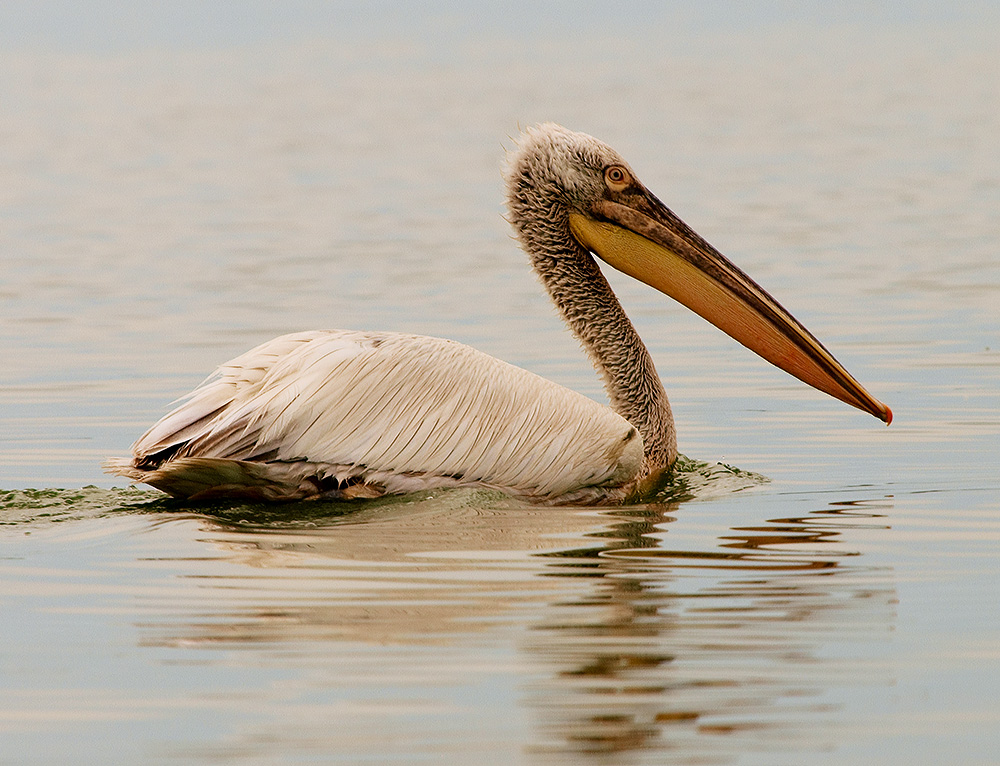
| Home | Login |
Search
Forum
Actions
New Document
New Folder
List Folders
List Documents
List Groups
List Users
Camera resources
Olympus 4000
Olympus 4040
Olympus 5050
Olympus 5060
Olympus 7070
Olympus 8080
Olympus E-M1 II
Olympus E-M5
Olympus E-P1
Olympus E-P2
Olympus E-PL1
Olympus E-PL3
Olympus E1
Olympus E3
Olympus E30
Olympus E300
Olympus E330
Olympus E400
Olympus E410
Olympus E420
Olympus E500
Olympus E510
Olympus E520
Olympus E620
m4/3 lenses
Camera FAQs
Terms of Service
Photo contest
Submissions page
Hall of fame
Folders
About this site
Documents
Polls
Private folders
Public folders
Categories
Abstract
Action/Motion
Animal
Architecture
Candid/Snapshot
Cities/Urban
Documentation
Fashion/Glamour
Historical
Landscape
Macro
Miscellaneous
Nature
Night/Low light
People
Polls
Sand and Sea
Sky
Tourist/Travel
Contact Us
Pelican

Copyright ©2011, Olav Agnar Frogner
Viewed times
A pelican, derived from the Greek word πελεκυς pelekys (meaning “axe” and applied to birds that cut wood with their bills or beaks) is a large water bird with a large throat pouch, belonging to the bird family Pelecanidae.
Along with the darters, cormorants, gannets, boobies, frigatebirds, and tropicbirds, pelicans make up the order Pelecaniformes. Modern pelicans, of which there are eight species, are found on all continents except Antarctica. They primarily inhabit warm regions, though breeding ranges reach 45° south (Australian Pelican, P. conspicillatus) and 60° North (American White Pelicans, P. erythrorhynchos, in western Canada). Birds of inland and coastal waters, they are absent from polar regions, the deep ocean, oceanic islands, and inland South America.
Pelicans are large birds with large pouched bills. The smallest is the Brown Pelican (P. occidentalis), small individuals of which can be as little as 2.75 kg (6 lb), 106 cm (42 in) long and can have a wingspan of as little as 1.83 m (6 ft). The largest is believed to be the Dalmatian Pelican (P. crispus), at up to 15 kg (33 lb), 183 cm (72 in) long, with a maximum wingspan of 3 meters (nearly 10 foot). The Australian Pelican has the longest bill of any bird.
Pelicans swim well with their short, strong legs and their feet with all four toes webbed (as in all birds placed in the order Pelecaniformes). The tail is short and square, with 20 to 24 feathers. The wings are long and have the unusually large number of 30 to 35 secondary flight feathers. A layer of special fibers deep in the breast muscles can hold the wings rigidly horizontal for gliding and soaring. Thus they can exploit thermals to commute over 150 km (100 miles) to feeding areas.
Pelicans rub the backs of their heads on their preen glands to pick up their oily secretion, which they transfer to their plumage to waterproof it.
| Photographer: | Olav Agnar Frogner |
|---|---|
| Folder: | Danube Delta |
| Uploaded: | 20-Sep-2011 11:46 CEST |
| Model release available: | |
| Camera: | Olympus E-3 |
| Exposure time: | 1/640 s |
| Aperture: | F7.1 |
| Focal length: | 283 mm |
| Lens: | Olympus ZD 50-200 swd |
| Focusing method: | Spot |
| ISO: | 400 |
| White balance: | Auto |
| Flash: | no |
| Image format: | SHQ |
| Processing applied: | |
| Various: | |
| Image resized to: | 766x1000 |